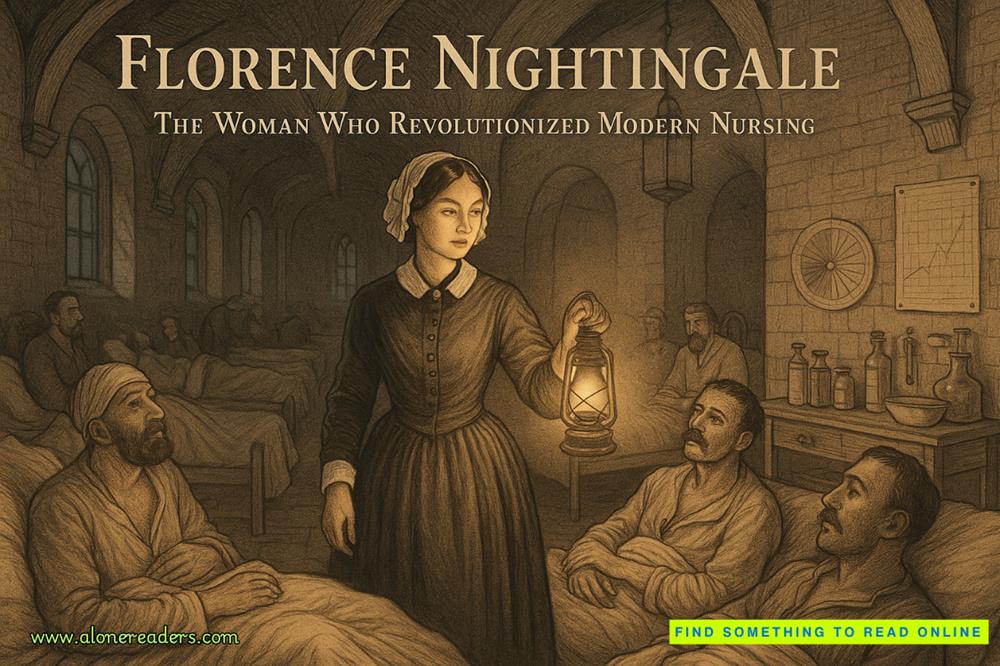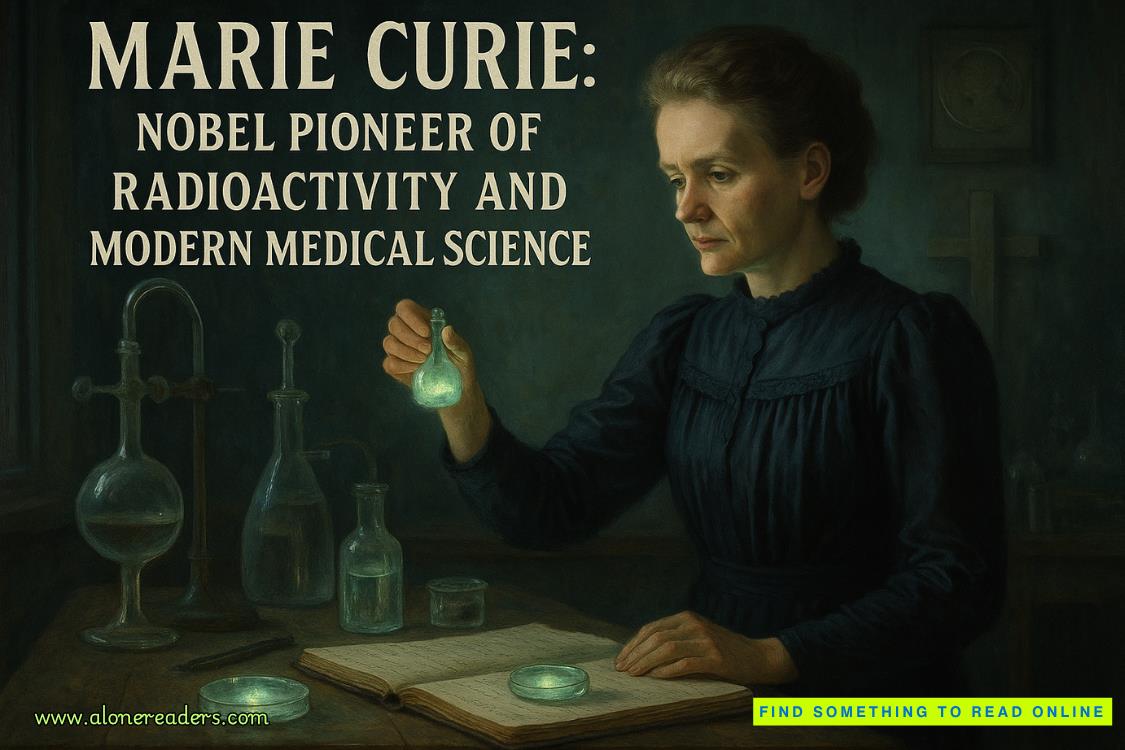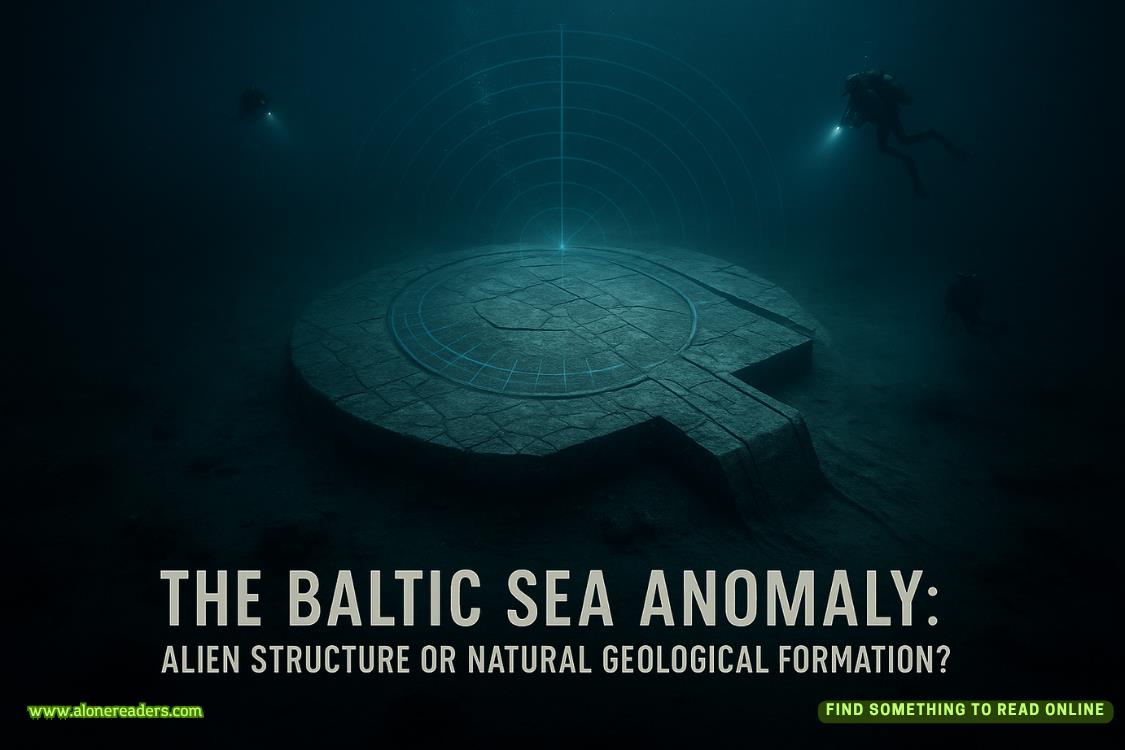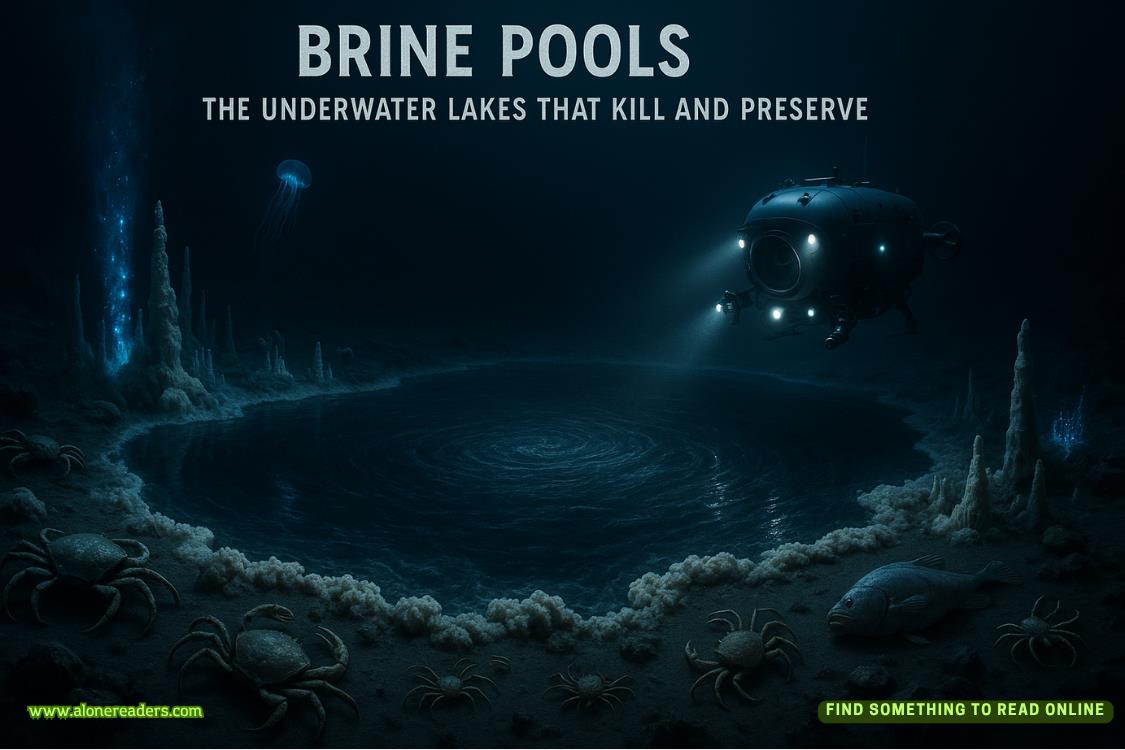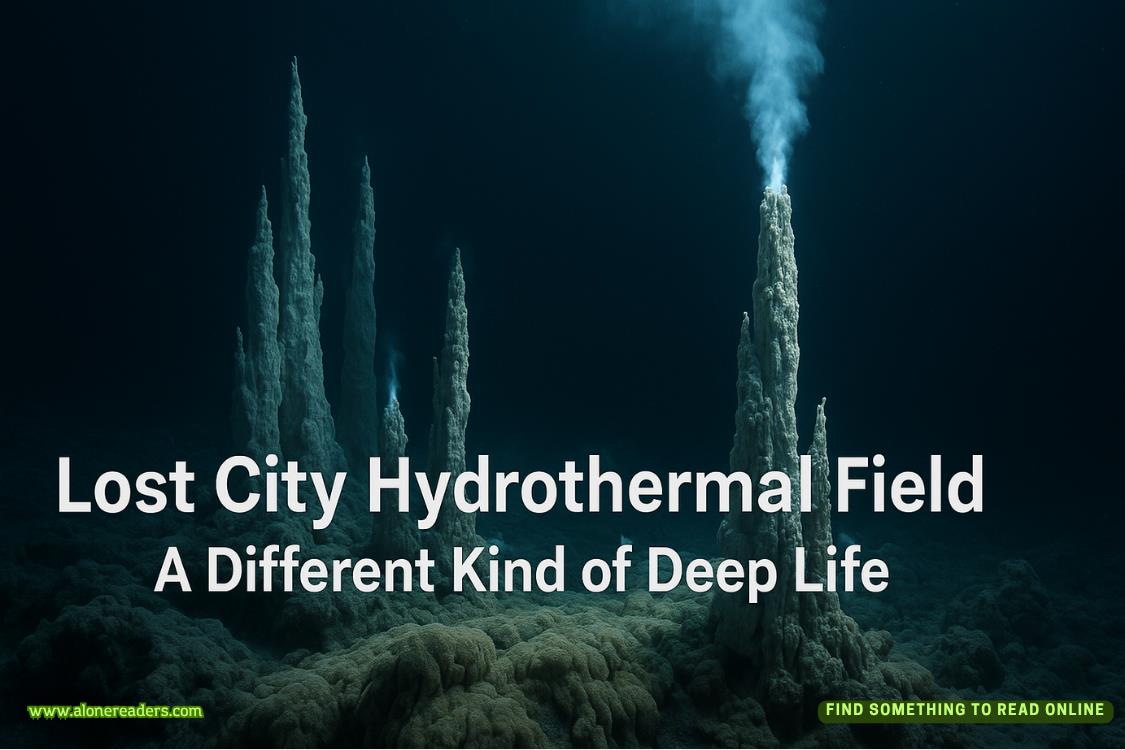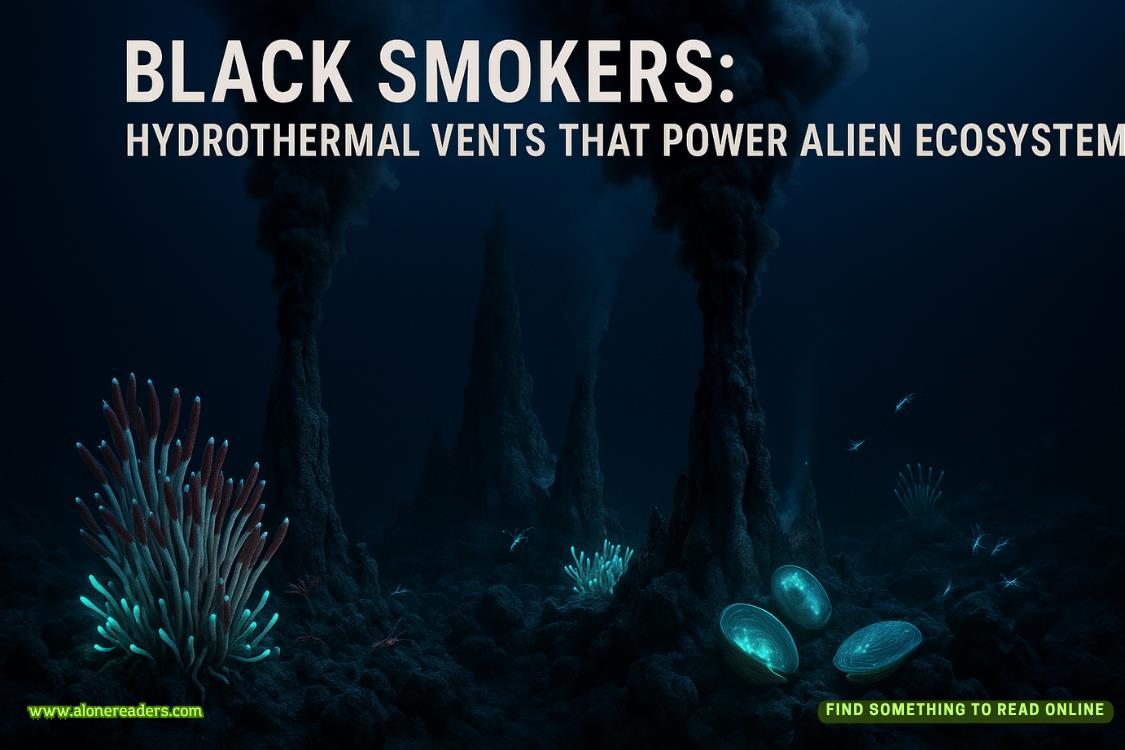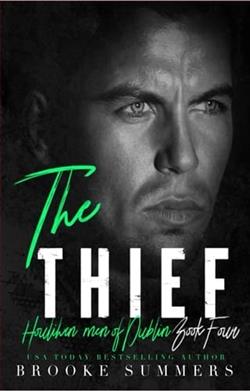Page 37 of The Testing (The Testing 1)
Tomas insists he is okay to ride and grits his teeth as he takes his seat. His obvious pain makes me reevaluate my plan to go around the city. If Tomas’s injury does not improve, we will need a better mode of transportation. A city with all of its abandoned stores and buildings could be the best place to find a vehicle.
The road we are traveling forks. The section that swings to the right and travels on the outskirts of the city is in serious disrepair. I doubt our bicycles would last more than a few minutes navigating the broken pavement. The fork that leads into the center of the city is perfectly smooth. The obvious sign of direction from our Testers makes my muscles clench. But there really isn’t much of a choice. We will follow the road and get to the other side as fast as we can.
The road narrows, and we begin to pass the occasional building. Most of them are only two or three stories tall. None are in good repair. In fact, considering the number of holes in the roofs and walls, I’m amazed the structures are standing at all. We make a point to stay in the middle of the road in case the Testers have rigged the dilapidated buildings to collapse as we pass.
As the buildings grow taller and are spaced closer together, we see ones that have collapsed. In each instance, the building wreckage blocks a road leading off from the one on which we’re traveling. At first I think I am imagining it, but when we pass the fifth different building collapsed over a fork in the road, I know I’m right. The Testing officials are herding us in a straight line. Toward whatever they have planned.
I yell to Tomas and stop in the middle of the road. He puts his feet down and turns to me. “What’s wrong?”
I explain about the collapsed buildings and my worry about what might lie ahead.
“Do you want to go back and travel around the city?”
By his annoyed expression, I know Tomas does not. And to be honest, I’m not sure if I do. Going around might be equally dangerous. And we’ve already spent the morning coming this far. If we go back to where we started, we’ll have wasted the entire day.
“No. Not really. I just want us to be careful.”
He gives me a quick kiss and grins. “I promise not to throw rocks at any ponds unless I clear it with you. Okay?”
His smile makes my heart turn over, and despite my lingering worries, I find myself smiling back. “I’m going to hold you to that.”
We set off at a slower pace, watching the buildings and pavement in front of us for signs of danger. Anything could be hidden ten or twelve stories up—cameras, traps. Anything. After pedaling almost four more miles we come to an intersection of roads. This time there are no piles of stone and metal to block our way. Instead, there are three unblocked paths. One that stretches in front of us and two that jut off to either side.
“What do you think?” Tomas places his feet on the pavement.
“I think now is a good time to start chucking rocks.”
Tomas laughs but then climbs off his bicycle, grabs a large rock, and lobs it down the center path. It hits the ground and skips another ten feet across the pavement. He does the same for the other two. The rocks hit the ground and skid to a halt without incident.
“Now what?”
I don’t know. We look down each path, trying to envision what it might hold. The path ahead and the one to the left are surrounded by buildings all similar in structure to the ones we’ve passed on our way to this point. Far to our right is a building that catches our attention. The gray structure is long. The center of the building stands several stories taller than the rest and is capped by a large dome. If for no better reason than we are curious to get a better look, we set off to the right.
And come to a dead end.
The domed building that once must have been magnificent is now crumbling. It and two collapsed buildings on either side block our way. Is part of the test figuring out how to get beyond these barriers or something else? While I consider the implications, Tomas picks up a rock and lobs it onto a set of broken stairs.
Nothing happens.
The two of us smile at each other, but before Tomas starts forward I say, “Try another rock. Just to be sure.”
Tomas picks up another rock and hurls it toward the rubble to our left. For a moment there is silence before a faint ticking sound fills the air. A moment later the patch of ground where the rock landed explodes. There is no going around or over. Leaving the road is the wrong answer. A decision that will be punished.
Wordlessly, we follow the road back to the fork and choose the path that leads straight ahead. Another dead end. We don’t bother to test this one for traps. We know they are there.
The left path takes us past several buildings that once might have been shops. A faded but partially legible sign boasts hardware. Part of me itches to stop and explore whatever inventory might still be usable, but I d
o not. The road that once terrified me is now a source of safety. The road zigzags around the crumbling gray buildings and eventually comes to another fork. Once again we have three choices. We take the middle one, pass more decaying structures, and come to a dead end that shows signs of a recent explosion. We turn around. And I realize what this reminds me of.
A maze. We are in a maze.
When I was growing up, my father used to draw me and my brothers complicated mazes and then ask us to solve them. Kind of like a race. All of us would be given the same maze and Dad would wait until we were all ready before telling us to start. Once we touched the tip of our pencil to the paper, we were not allowed to pick it back up. If we ran into a dead end, we were out of the race. Dad was teaching us to think and plan ahead. Not to rush into any decision too quickly without considering what the outcome would be.
Perhaps somewhere in his fragmented memory, he remembered this part of the test. Or maybe he was just giving us a game to pass the cold, snowy nights. Whatever the reason, I need to use the lesson it taught and think ahead. Already it is late in the day. If we aren’t careful, we could be trapped in this maze longer than our supply of food and water will hold out.
I tell Tomas we should break for an early dinner. He’s frustrated and hot enough to agree, so we sit down in the middle of the road and pull out the chicken since it will be the first to spoil in this heat. While we eat, I ask to see Tomas’s book of maps. Together we pore over the pages. According to the book, the road we want to take out of the city is on the southwest side. That means we should choose paths in directions that should ultimately lead us to that road. The more straight- and south-traveling paths we can take the better.
Well, it isn’t much information, but it is more than we had when we sat down. We hop back on our bicycles and start pedaling. Another fork. We take the left road. More undistinguishable buildings. A dead end. Back to the fork and straight ahead. Our shirts are soaked with sweat as we continue to search for the right roads. Even with the compass as a guide, the twists and turns are confusing my sense of direction. At nightfall, we have no choice but to make camp. Without light, we risk stepping off the road and tripping a trap. We opt to camp in the center of the road near a dead end. The three booby-trapped sides will at least limit the direction from which new dangers can arrive.
